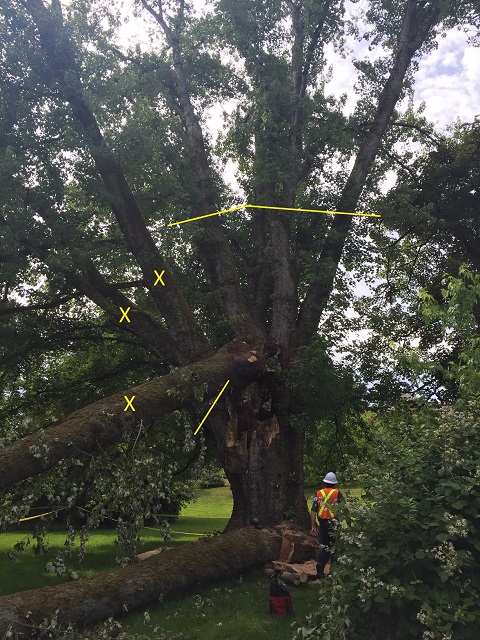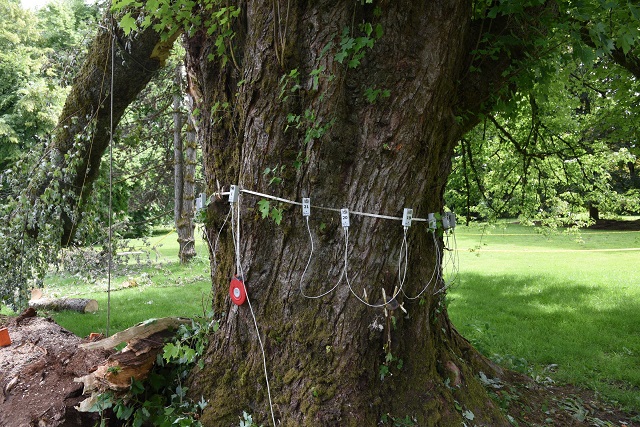
Silver Maple Update (Tree Tag #229)
As mentioned in our previous post, dated June 19, 2019, two large limbs fell from a Silver Maple south of Crease Clinic (tree tag #229). Riverview’s lead arborist, Dr. Julian Dunster, attended site to investigate the cause of the failure and observed significant decay in the tree trunk at the point of failure and up into the base of each branch. Advanced testing was undertaken to determine the extent of decay in the main trunk and on the fallen stems. Sonic tomography (Figures 1 & 2) was undertaken on the main trunk and Resistograph ® tests were conducted on the stems on the ground (Figures 3 & 4).
Figure 1 – Sonic tomography on tree trunk
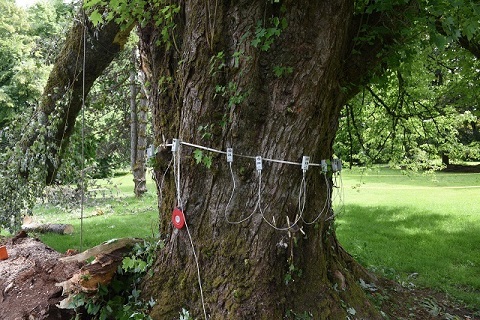
Figure 2 – Tomogram of the Silver Maple trunk
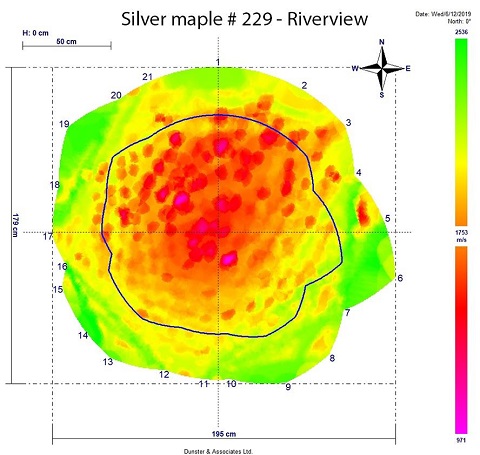
Figure 3 – Cut face of one failed stem showing decay pattern
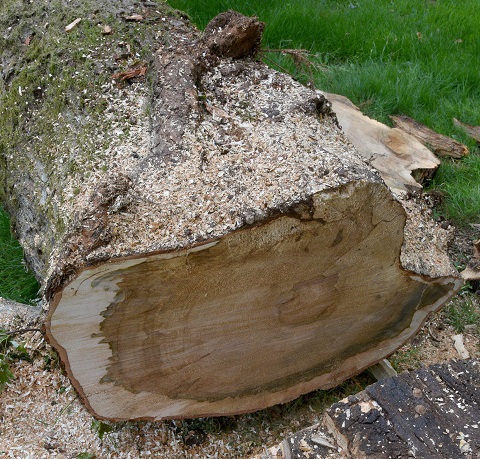
Figure 4 – Decay pattern across failed stem
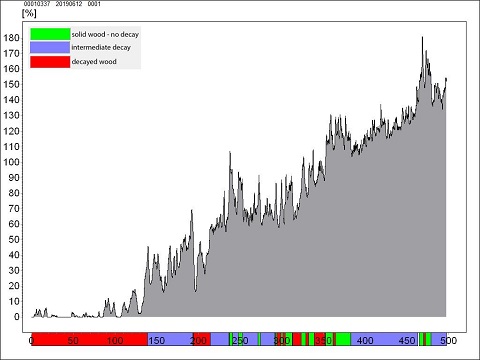
All images courtesy of Dr. Julian Dunster
The testing confirmed that the columns of decay extend well above and below the point of stem failure in the main trunk as well as extensively into the fallen stems.
Based on this analysis, it is probable that the remaining stems are in the same condition as the two branches that fell, extensively decayed. A risk assessment was undertaken that considered the following factors:
- Likelihood of Impact (if the whole or part of the tree failed, would it strike a target?)
The primary targets on the Riverview Lands are its many users, visitors and residents. The site occupancy is considered occasional and the likelihood of impact is Moderate.
- Likelihood of Failure (how probable is it that the whole or part of the tree will collapse?)
The Silver Maple has been monitored since the mid nineties and has had structural issues requiring it to be cabled. Given the extent of decay now seen, it is probable remaining branches may fail in the next twelve months. Whole tree failure is less likely, but possible in the next 12 months. Large limbs are a Moderate Risk while whole tree failure is Low Risk within 12 months.
- Consequence (what may happen if the whole or part of the tree failed?)
Consequences if the whole or part of the tree failed would be rated Severe based on the many users, visitors and residents of the site.
Based on the risk assessment and our goal to ensure the safety of all persons on site, Dr. Julian Dunster has recommended to remove the remaining large limbs and perform a retrenchment prune of the canopy to reduce the height to approximately 6-7m above grade to encourage the development of a new crown (see Figure 5). We anticipate the tree will develop new shoots and, over time, these will be thinned out to create a new canopy. This approach has been used on other trees on site with positive results.
As an interim measure, BC Plant Health Care will strap the remaining parts of the tree together while a longer-term support system is developed to stabilise the tree.
Figure 5 – Retrenchment Prune (limbs marked with an ‘X’ will be removed and the lines indicate the approximate retrenchment height)
